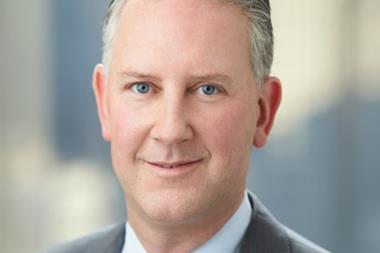Insurers do not know the true extent of insurance fraud and fraud detection methods are inadequate, experts claimed this week.
Mihir Pandya, who led a forth-coming ABI study on insurance fraud, said that although the industry had made some progress in fighting fraud, there were a significant number of cases flying beyond the radar.
Pandya, head of fraud at Allianz, said: “What we’ve done is an analysis of our current perceptions surrounding fraud, but there is still no science behind it. What we really want to do is go to the industry and say we’re doing well but we don’t have a clue what’s really out there.”
The insurance industry currently estimates there is £1.6bn of undetected fraud.
Pandya said: “The £1.6bn figure may need to be adjusted significantly up-wards once we start getting a sense of the previously undetected fraud types.
“Saying we don’t really know how big of a problem fraud is something that should be of concern to the FSA.”
Chris Hannant, head of financial crime prevention for the ABI, agreed that given the methodology, the £1.6bn figure was conservative. He said: “There is a tendency for under-reporting.”
Hannant said in two years the ABI hoped to have a more accurate idea of how much fraud had grown or decreased by using a new detection model that will be released shortly.
Pandya, who is also a member of the Insurance Fraud Bureau, said the concern currently was that most fraud detection within the industry was based on assumption, and that many cases were revealed accidentally.
The insurance industry, he said, needed to discard known trends and preconceived notions and start investigating whether certain frauds actually exist.
Pandya highlighted that the industry had been highly focused on frauds that had garnered media attention, such as the ‘crash for cash’ schemes and other staged collisions.
In statistics released by the ABI in May, of the £1.6bn cost of undetected fraud only about £200m was attributed to organised motor fraud.
Pandya said a more scientific approach must be taken to get a handle on the size of the problem and more investigative tactics used to disrupt and dismantle fraud.
Hosted by comedian and actor Tom Allen, 34 Gold, 23 Silver and 22 Bronze awards were handed out across an amazing 34 categories recognising brilliance and innovation right across the breadth of UK general insurance.









































